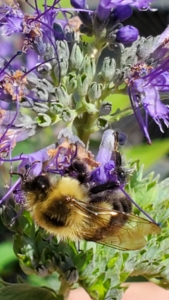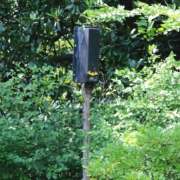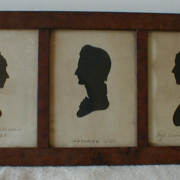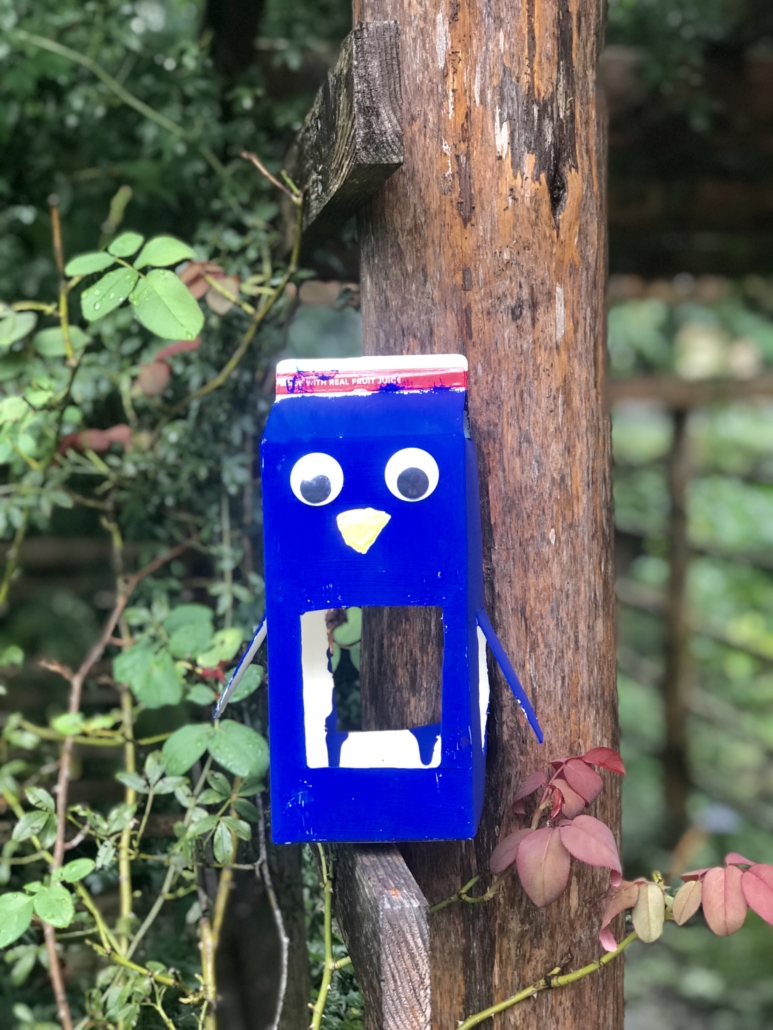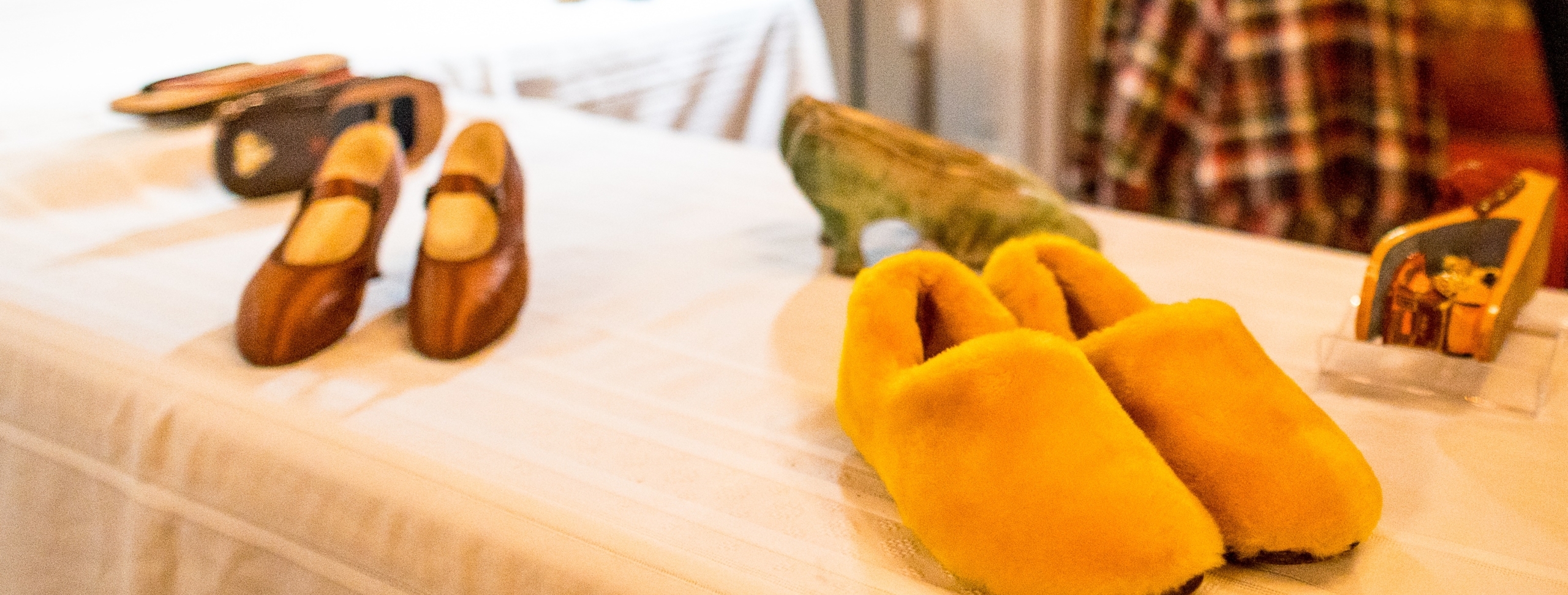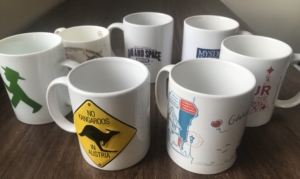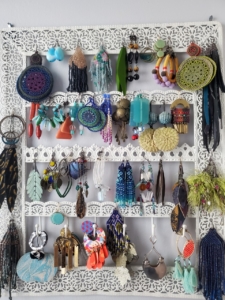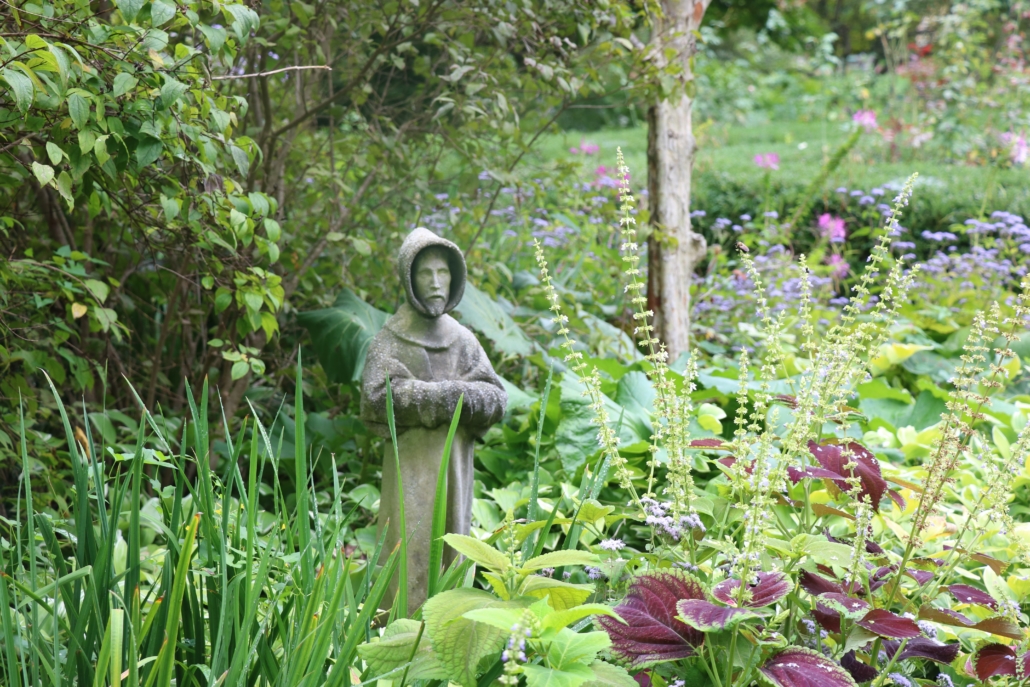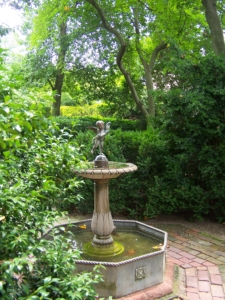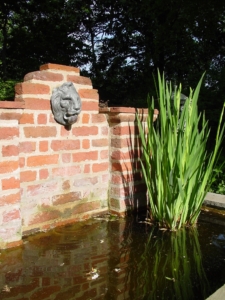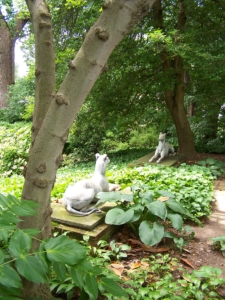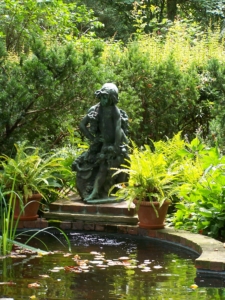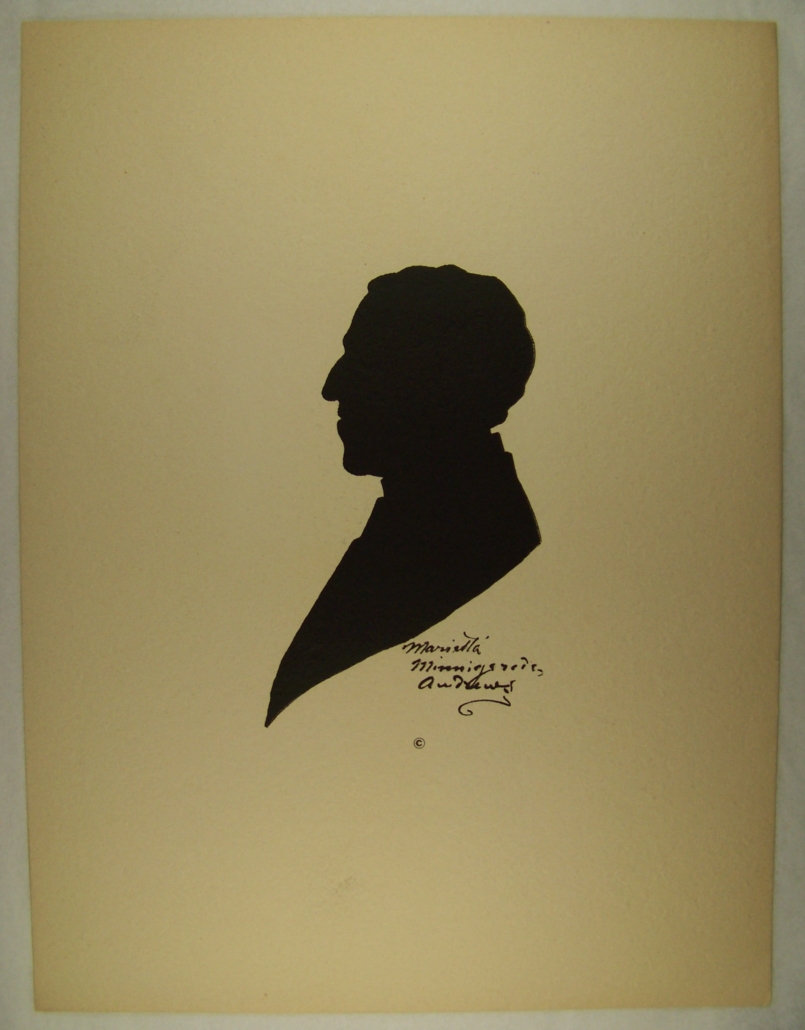
Woodrow Wilson by Marietta Minnegerode Andrews, Collection of Tudor Place Historic House & Garden, 61693.02
Today if we want a quick picture of our friends or family, we can grab a camera or phone and snap a picture. But what did people do before cameras? If they did not have the time or money to get their portrait formally painted, they may have instead paid for a silhouette.
Silhouettes, like the one above showing President Woodrow Wilson, are quick and cheap compared to portrait painting. Artists could replicate a person’s profile with just some paper and a pair of scissors! In the United States, silhouettes were very popular from the mid-1700s to the mid-1800s when the camera was finally invented. There are many silhouettes in the Tudor Place collection. In fact, a silhouette is the only image we have of Columbia Peter (Thomas and Martha Peter’s daughter). You can see her silhouette here, on the left, next to her cousin Lorenzo and her sister America.

America, Lorenzo, and Columbia Image. Caption: America Peter, Lorenzo Lewis and Columbia Peter by Marietta Minnegerode Andrews, Collection of Tudor Place Historic House & Garden 6129, 6139, 6140.
Although they only showed a person’s profile, silhouettes could capture their personality too. A silhouette artist named Marietta Minnegerode Andrews was part of the Peter’s extended family. She created the silhouettes below.
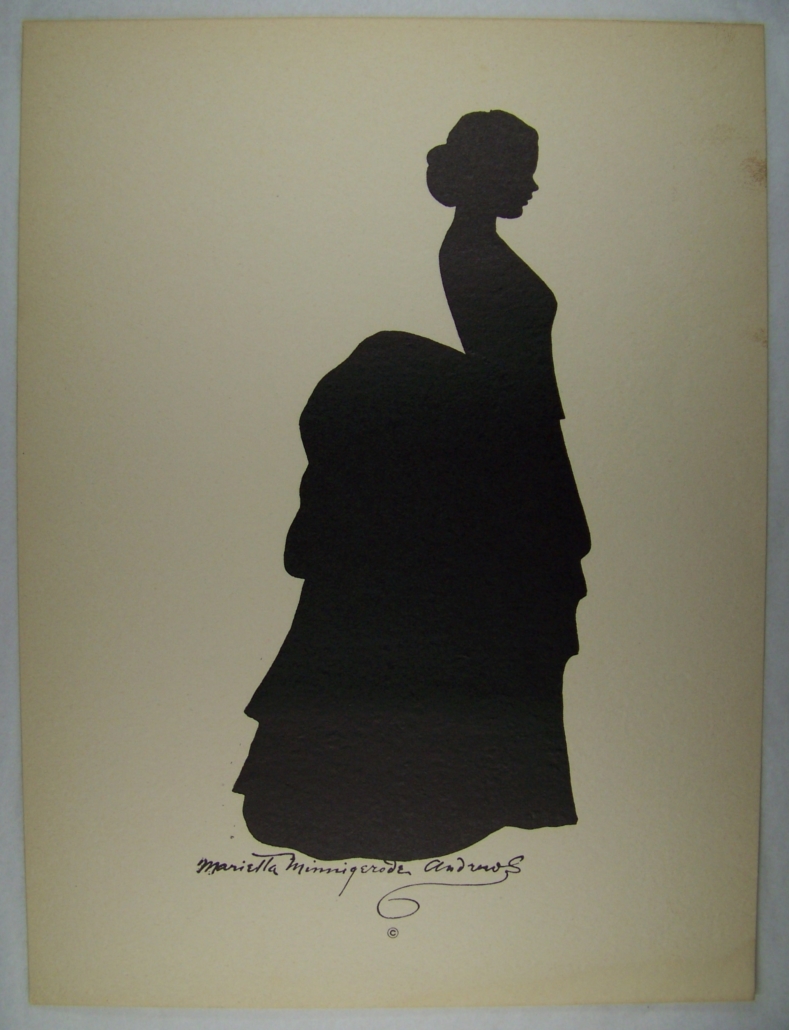
Self-portrait by Marietta Minnegerode Andrews, Collection of Tudor Place Historic House & Garden, 61693.06
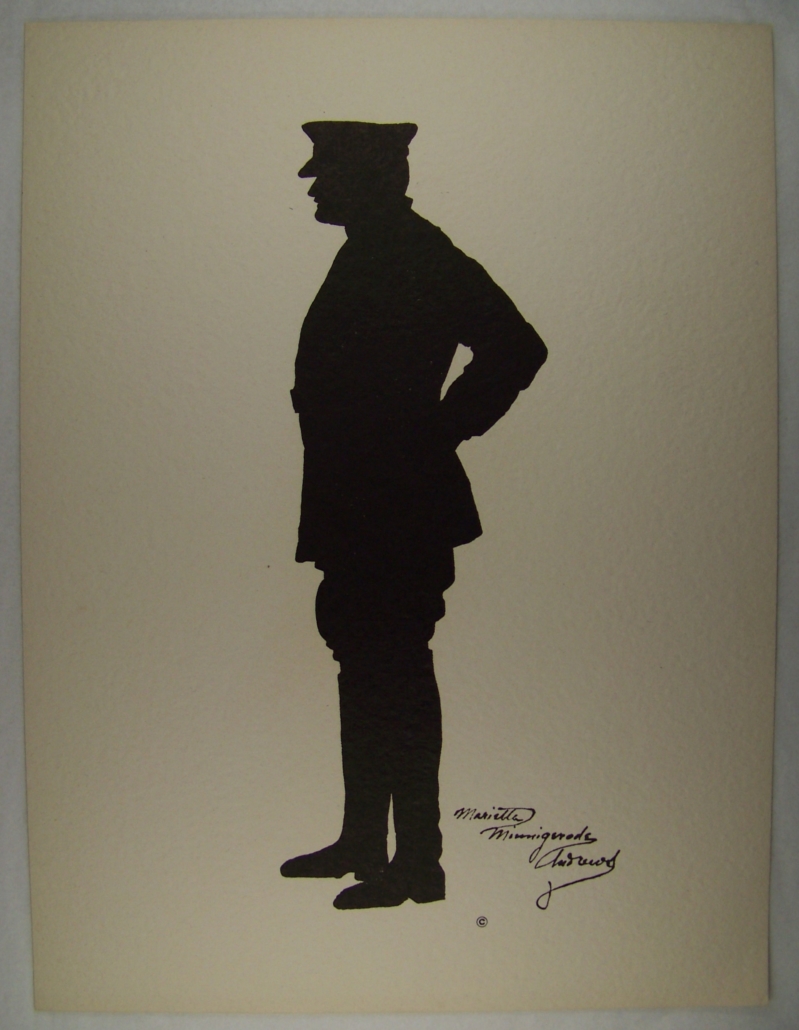
General Pershing by Marietta Minnegerode Andrews, Collection of Tudor Place Historic House & Garden, 61693.03
Now it’s your turn to create a silhouette! Grab a friend, family member, or toy to get started.
First, pose the subject of your art next to a blank wall. Experiment with a flashlight to see what creates the best shadow. For example, a flashlight closer and just off-center gave us a strong shadow.
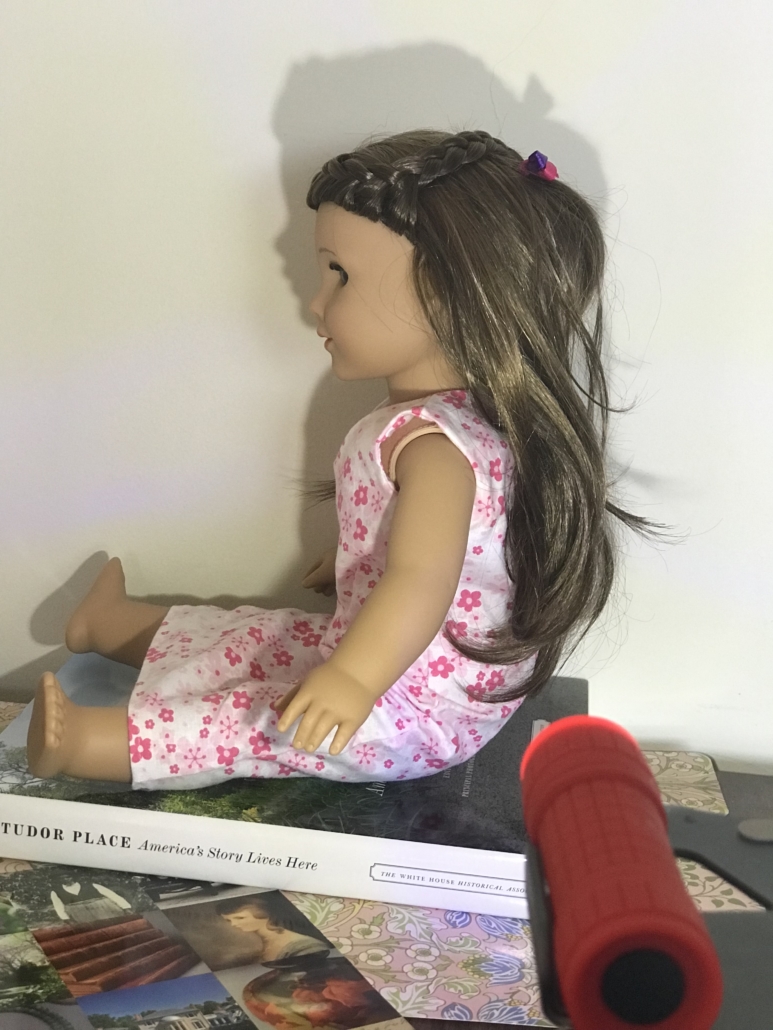
Step 1: Create a good shadow
Then, place a piece of construction paper behind your subject, where their shadow is. Traditional silhouette art uses black paper, but you can be creative and use colorful or even patterned paper.
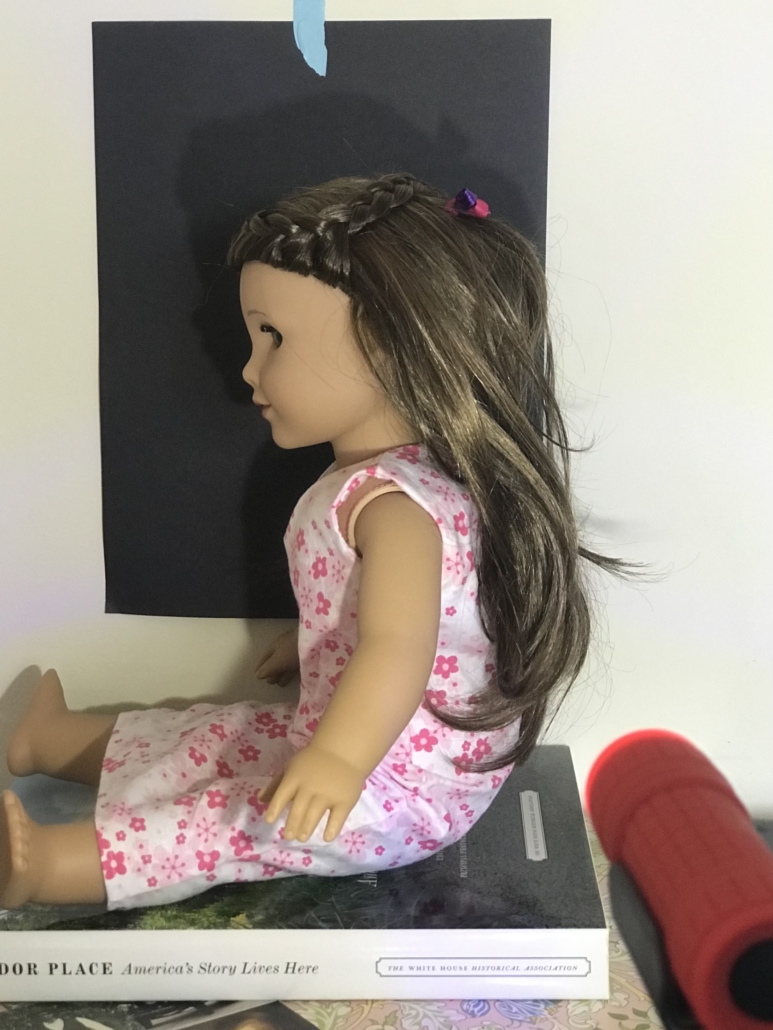
Step 2: Tape paper onto the wall behind the shadow
Next, use a white crayon to trace the outline of the shadow.
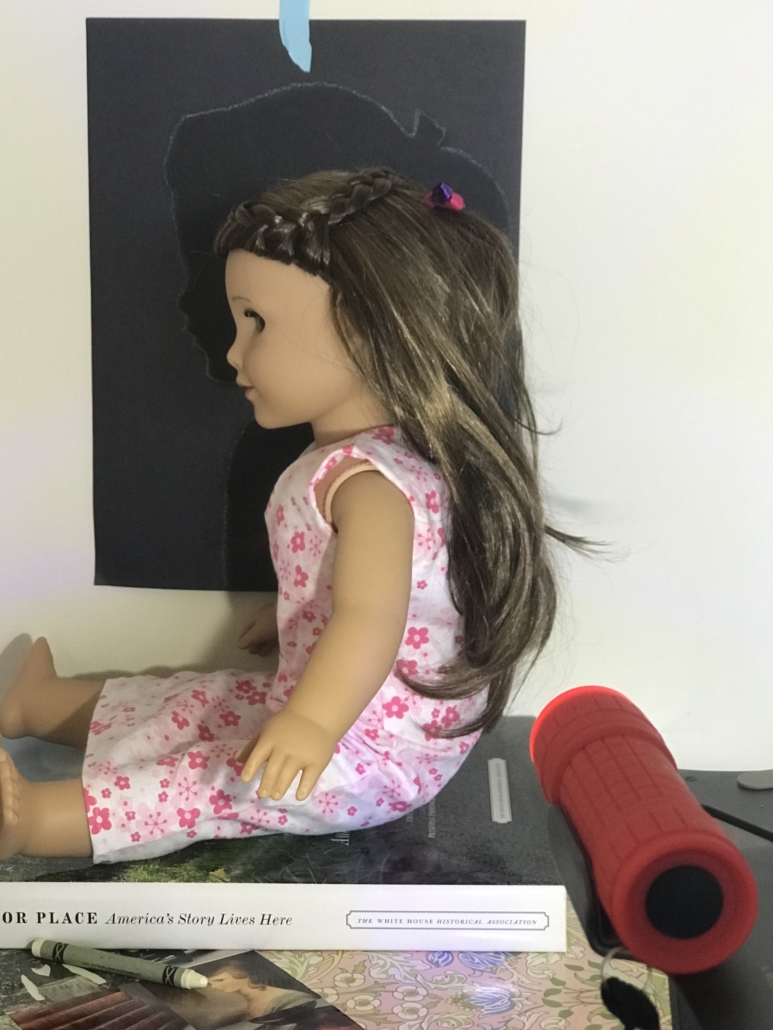
Step 3: Outline the shadow with white crayon or pencil
Finally, carefully cut along the outline you traced. Once you have your silhouette, glue or tape it to a full sized white piece of paper, the sign your artwork. Now you can share your silhouette with your friends and family!
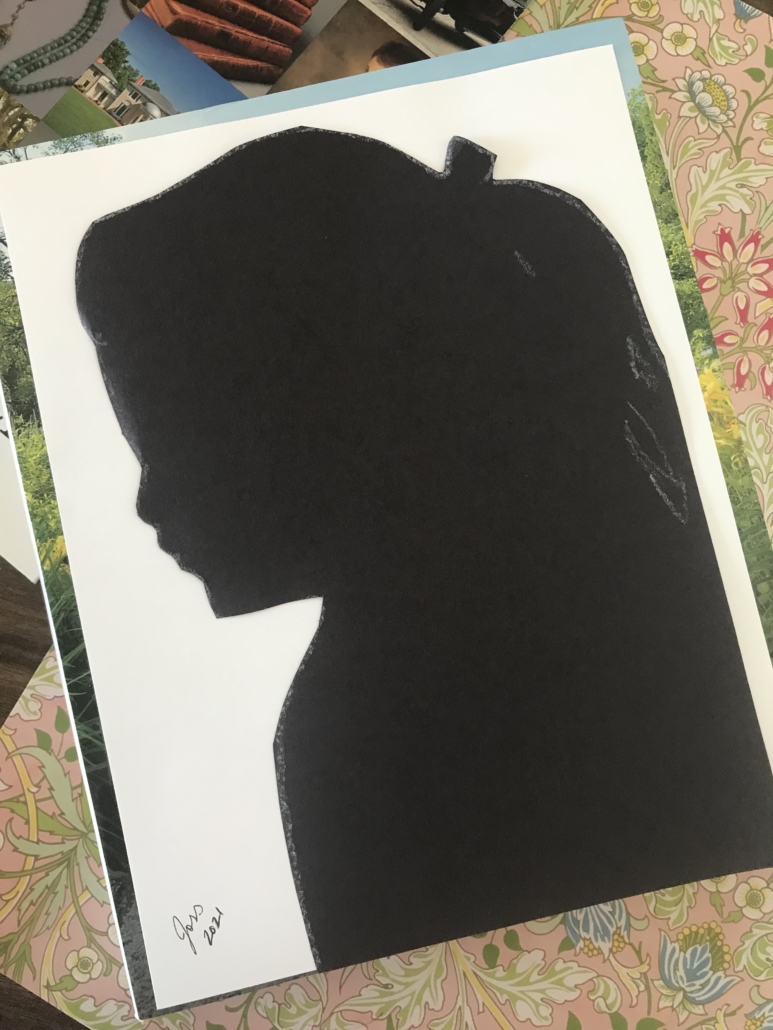
Step 4: Cut out your silhouette outline and glue or tape it to a full piece of paper
Find more Education at Home posts

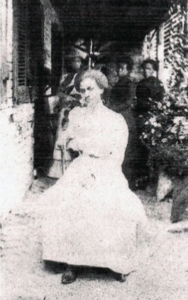
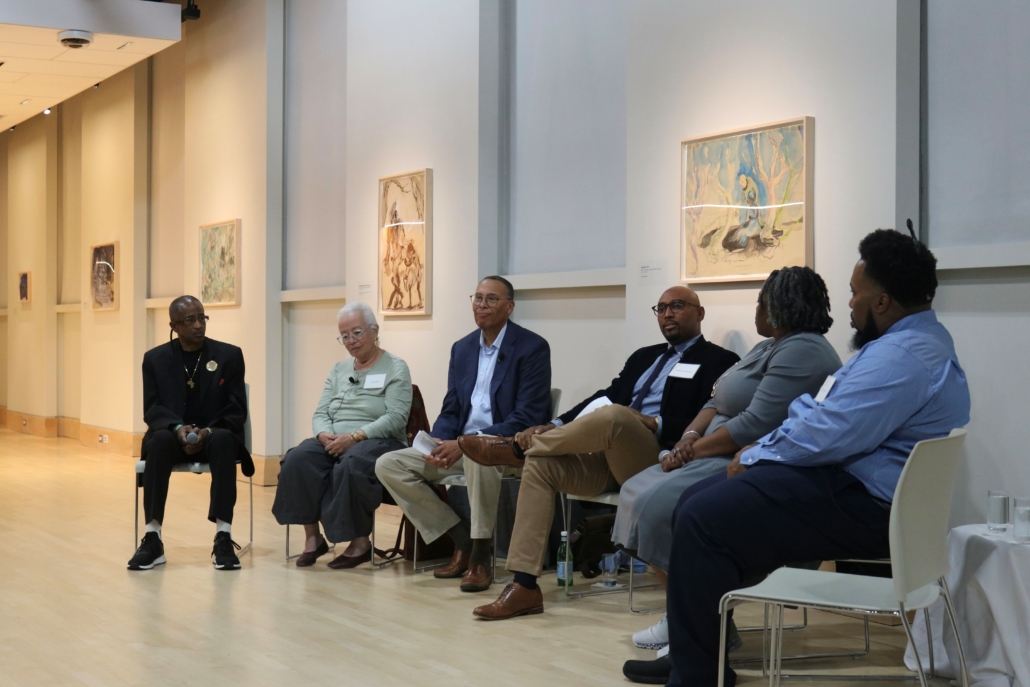
 Hidden Gems in DC: 15 Free Spots in 2023
Hidden Gems in DC: 15 Free Spots in 2023
